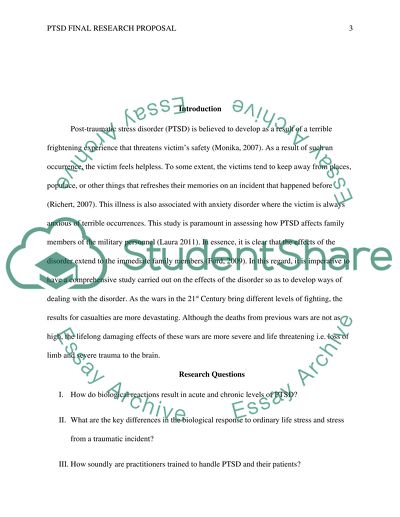Cite this document
(“PTSD FINAL RESEARCH PROPOSAL Example | Topics and Well Written Essays - 1750 words”, n.d.)
Retrieved from https://studentshare.org/psychology/1471841-ptsd-final-research-proposal
Retrieved from https://studentshare.org/psychology/1471841-ptsd-final-research-proposal
(PTSD FINAL RESEARCH PROPOSAL Example | Topics and Well Written Essays - 1750 Words)
https://studentshare.org/psychology/1471841-ptsd-final-research-proposal.
https://studentshare.org/psychology/1471841-ptsd-final-research-proposal.
“PTSD FINAL RESEARCH PROPOSAL Example | Topics and Well Written Essays - 1750 Words”, n.d. https://studentshare.org/psychology/1471841-ptsd-final-research-proposal.


